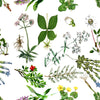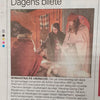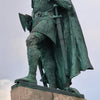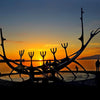Beads (sörvistölur) from the Viking Age in Iceland
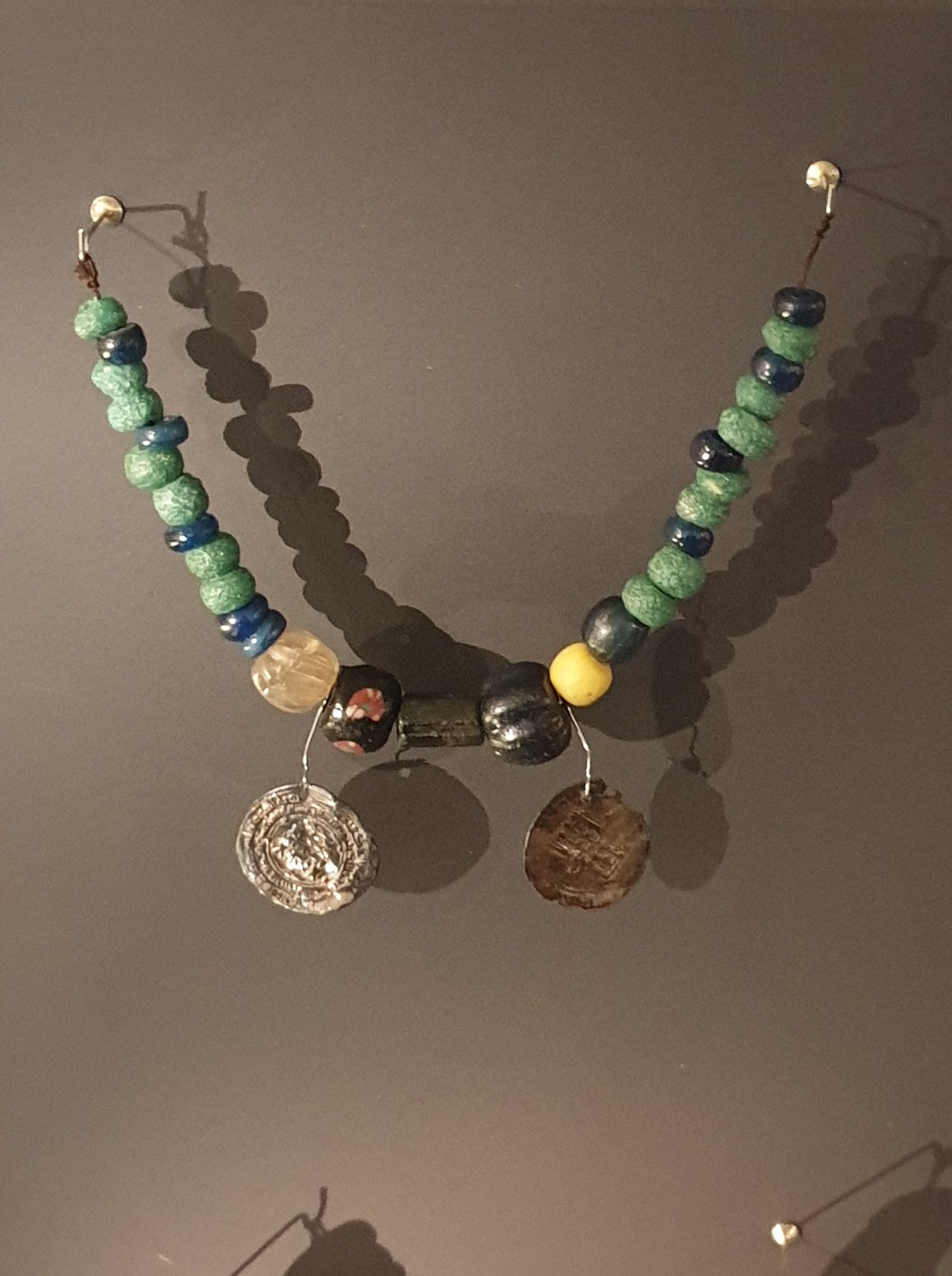
I was recently asked by a beadmaker friend if I could gather some information about Viking age bead finds in Iceland. The below is what I found:
Beads (sörvistölur) from the Viking Age in Iceland
In Iceland, beads as they are known as in English are known as sörvistölur in Icelandic.
 A total of 42 burial finds in Iceland have contained beads. Out of those finds 8 of them are known to have belonged to men and 21 are known to have belonged to women. This is quite interesting as it is often maintained that men didn´t wear beads and that only women did. Jan Petersen (Jan Petersen (Vikingetidens smykker i Norge) has however proved that men often wore beads made from stone. In Norway 83 male burial sites found beads in them whilst 293 female ones did. It appears that the men would wear fewer beads, often just one, two or three of them whilst women wore a lot more. Those who wore the most were either wealthy or Völvas as beads were often used as payments for a Völvas services.
A total of 42 burial finds in Iceland have contained beads. Out of those finds 8 of them are known to have belonged to men and 21 are known to have belonged to women. This is quite interesting as it is often maintained that men didn´t wear beads and that only women did. Jan Petersen (Jan Petersen (Vikingetidens smykker i Norge) has however proved that men often wore beads made from stone. In Norway 83 male burial sites found beads in them whilst 293 female ones did. It appears that the men would wear fewer beads, often just one, two or three of them whilst women wore a lot more. Those who wore the most were either wealthy or Völvas as beads were often used as payments for a Völvas services.
Looking at the finds specifically from Iceland reveals that it was not uncommon for men to wear one to three beads around their necks. One exception was found to this, a male grave (Reykjaselskuml) contained 34 beads thereof 15 large ones.
Most of the beads found in Iceland were made from glass or baltic amber (succinite). They varied in colours, sizes and shapes in a similar fashion as the Iron age beads found in other Nordic countries and further afield. Some are plain in one colour whilst others have many colours in the style of millefiori beads.
 Baltic amber beads have been found in 12 Icelandic graves and they are always accompanied by glassbeads in higher numbers than the baltic amber. Possibly for decorative purposes – to add colour. The only find where there are more Baltic amber beads than glass was in the male grave mentioned above (Reykjaselskuml).
Baltic amber beads have been found in 12 Icelandic graves and they are always accompanied by glassbeads in higher numbers than the baltic amber. Possibly for decorative purposes – to add colour. The only find where there are more Baltic amber beads than glass was in the male grave mentioned above (Reykjaselskuml).
The Baltic amber beads are usually big and round even though they have been found in other shapes too. They are of Nordic origin (especially Danish) - (unlike the milliefiori beads who originate from Rome).
Other beads were also found that were made from other types of stones. One of the most unusual find was found in Kornsársörvinu. It is shaped in a rectange, 2,9cm long and is decorated with an embossed flower. It is believed it may have originated from France.
In addition, beads made from soapstone, animal bones and lignite have also been found.

In the year 2004, a remarkable find occured. The remains of a woman dating back to the Viking age was found but this was not a kuml find – or a burial find. Instead she was found „as she had laid down to die“ alongside a mountain trail. The amount of beads found with her made this find on of the richest found in Iceland and has triggered specualations that she was a Völva. It wasn´t just the quantity of beads with her that triggerd the speculation but also the lack of burial and the fact she had not had her treasures taken from her after death. In fact, if she was a Völva, it is likely that the farmers and people in the area would not dare disturb her deathbed and so she remained undisturbed for over a thousand years. With further research, it was believed that she – who had now been given the name „Fjallkonan“ or „Lady of the Montain“ was in fact from North Norway, possibly of Sami heritage and that she was aged between 20-30 years when she died around the year 920. With a total of 526 beads, kept together in 7 or 8 layers between her brooches – this is a remarkable find.
In the year 2018, a very thorough essay about the Lady of the mountain was written by Rannveig Þórhallsdóttir – it can be found here (incl. Images): https://skemman.is/…/1946/31704/11/MA_ritgerd_RannveigTh.pdf
Whilst going through my books and documentations, I came accross this article called „Viking age beads from Iceland“ which was written by Elín Ósk Hreiðarsdóttir. In her article, fabulous images and descriptions can be found so instead of me repeating her findings, you can download her article in a PDF form here https://www.researchgate.net/…/273133694_Viking_age_beads_f….
Other sources: Þjóðminjasafn Íslands, Kuml og Haugfé úr heiðnum sið á Íslandi - Kristján Eldjárn (Reykjavík 2000),


